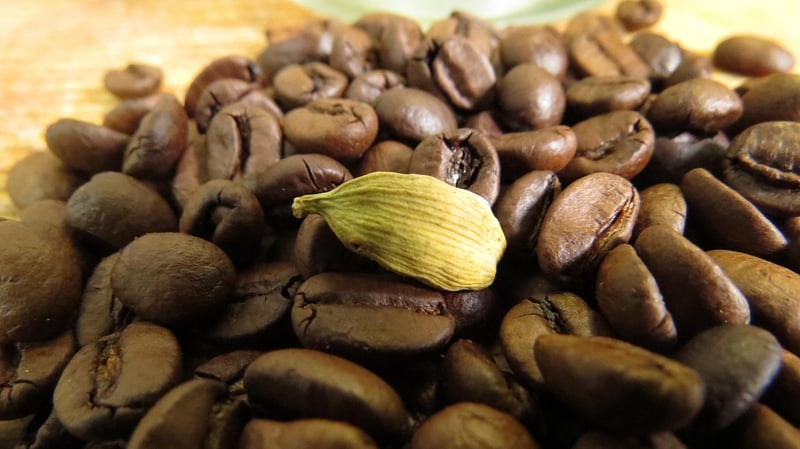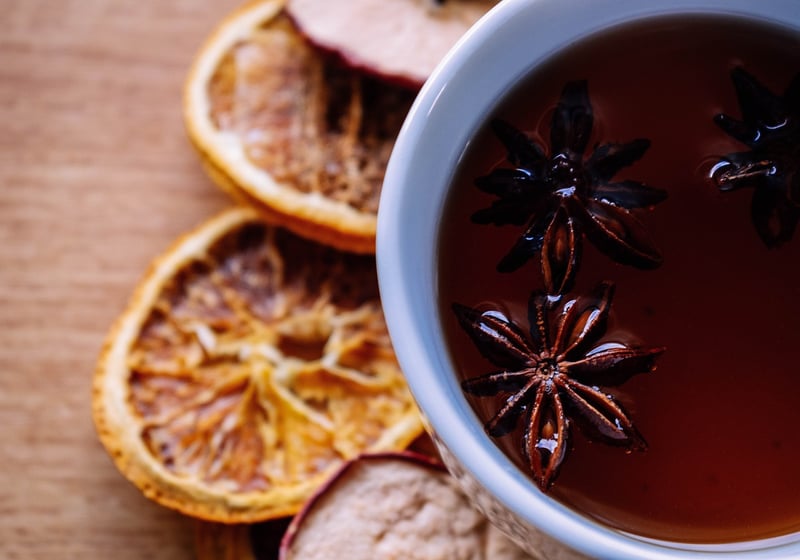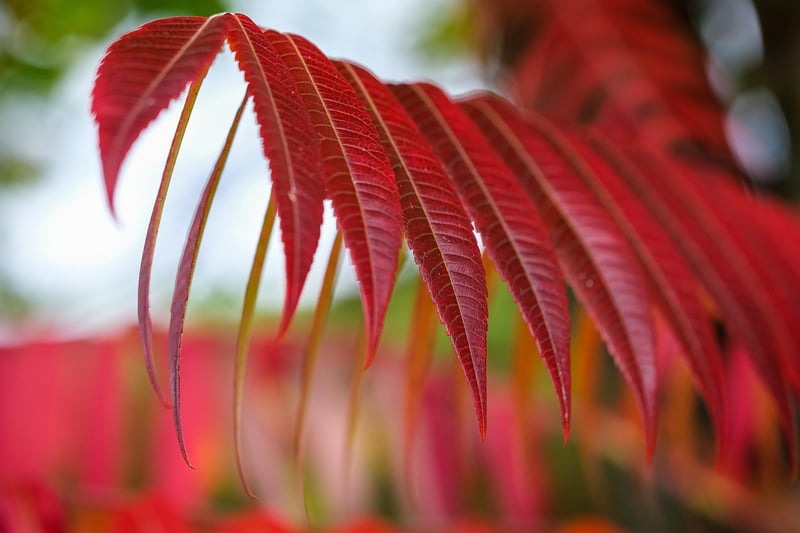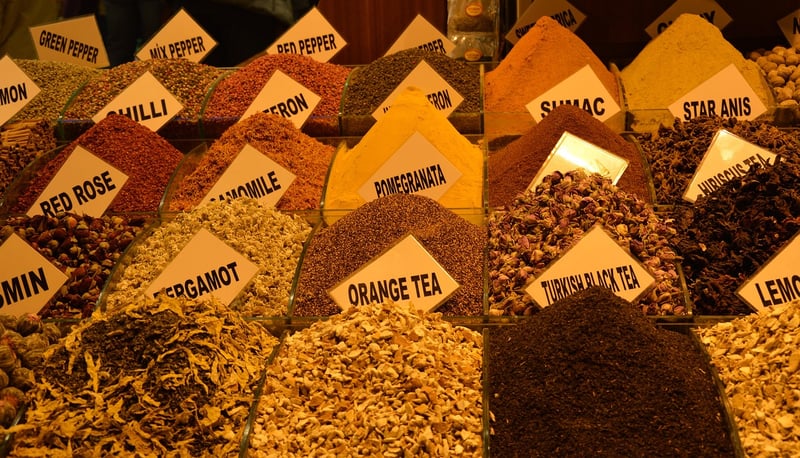Exotic Spices
The World of Exotic Spices: A Culinary Adventure
Embark on a journey to explore the fascinating realm of exotic spices, where flavors and aromas collide to create culinary masterpieces. From the fiery heat of chili peppers to the warm embrace of cinnamon, each spice brings its unique character to the table.
Key Components of Exotic Spices
1. Aromatic Flavors
Exotic spices offer a diverse range of aromatic profiles, from the floral notes of saffron to the earthy tones of cumin. These flavors add depth and complexity to dishes, elevating them to new heights.
2. Medicinal Properties
Many exotic spices have been used for centuries in traditional medicine for their healing properties. Turmeric, for example, is known for its anti-inflammatory effects, while ginger aids digestion.
3. Culinary Versatility
Exotic spices are incredibly versatile and can be used in a variety of cuisines. Whether you're preparing a spicy Indian curry or a fragrant Moroccan tagine, there's a spice to suit every dish.
4. Visual Appeal
In addition to their flavor and aroma, exotic spices add visual appeal to dishes. The vibrant hues of saffron-infused rice or the deep red of paprika can transform a simple meal into a feast for the eyes.
Exploring Exotic Spices
Ready to spice up your culinary repertoire? Here are some must-have exotic spices to kickstart your flavor journey:
- Saffron: Known as the world's most expensive spice, saffron adds a golden hue and a subtle floral flavor to dishes.
- Cardamom: This aromatic spice is often used in Indian and Middle Eastern cuisines, imparting a warm, slightly sweet flavor.
- Star Anise: With its distinctive star shape, star anise adds a licorice-like flavor to both sweet and savory dishes.
- Sumac: A tangy spice commonly used in Middle Eastern cooking, sumac adds a zesty kick to salads, meats, and dips.
Embrace the exotic and let your taste buds travel to far-off lands with these captivating spices!




Embark on a culinary adventure and unlock the secrets of exotic spices in your cooking!
